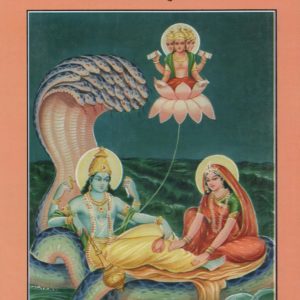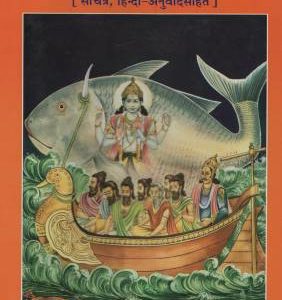Description
The ancient civilization of India was a concrete unity of multifaceted developments in art, architecture, literature, religion, philosophy and science. Nevertheless, the most important achievement of Indian thought was the philosophy of liberation. It is the ultimate goal of all the highest practical and theoretical activities and it indicates the unity amidst all apparent diversities.
The evolution of the philosophy of liberation has its roots in Vedas, the scriptures revealed to the rsis. There were two varieties of rsis namely, the protagonists of pravrtti marga and nivrtti marga. The pravrtti marga aims at happiness in this and higher worlds. The nivrtti marga aims at freedom from rebirth, sorrow and suffering. Many saints like Janaka, Yajnavalkya and Kapila followed the latter path.
Attainment of real knowledge of the ultimate Truth is the real liberation. There are several means of obtaining this liberation as prescribed by different schools of thought. Among them, the six orthodox systems are very famous. Sankhya and Yoga systems are considered to be the most ancient schools, which advocate the path to achieve complete freedom from the miseries of being born in this world. These two are allied systems of philosophy and Yoga is considered to be practical aspect of Sankhya school.





